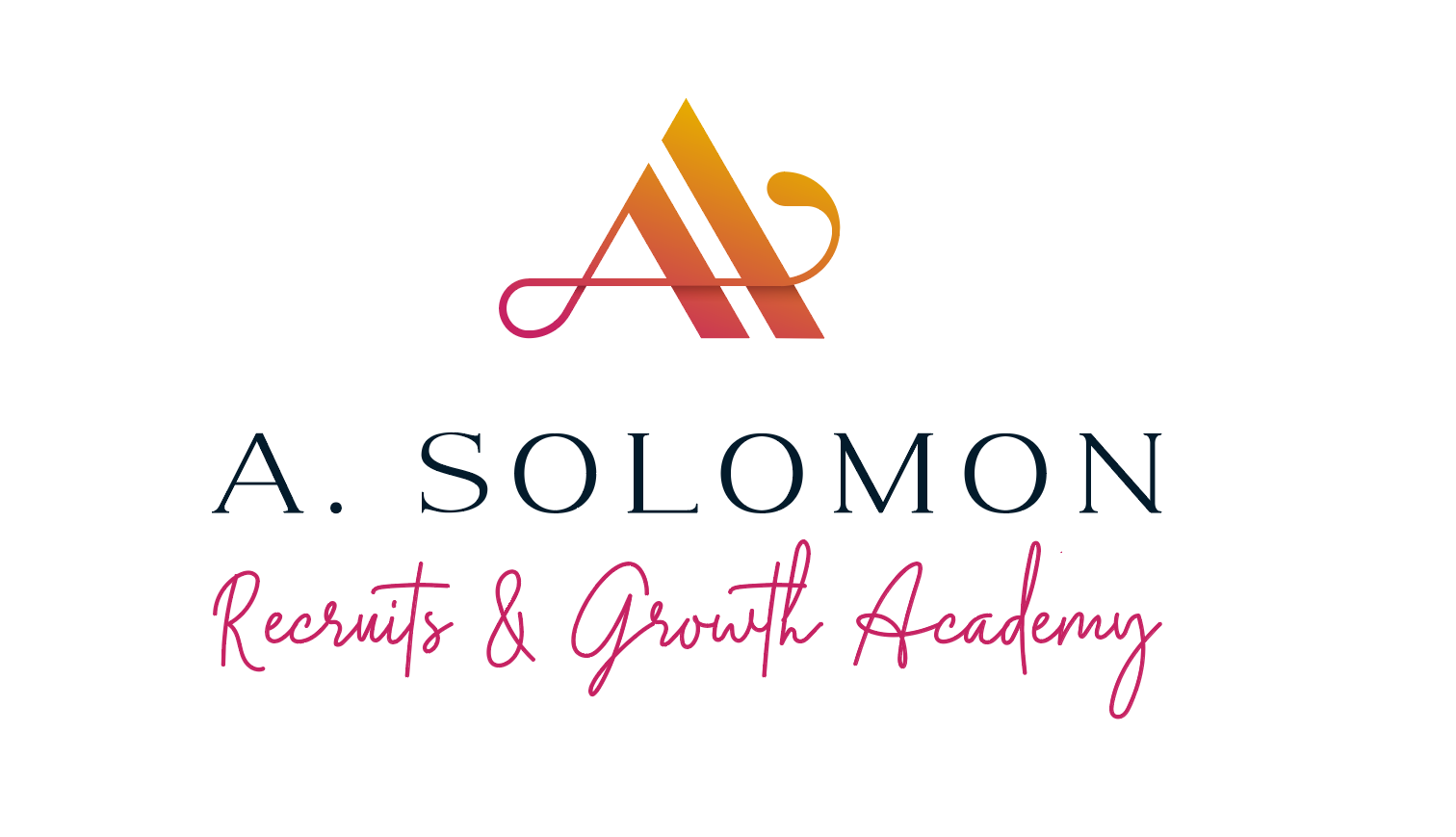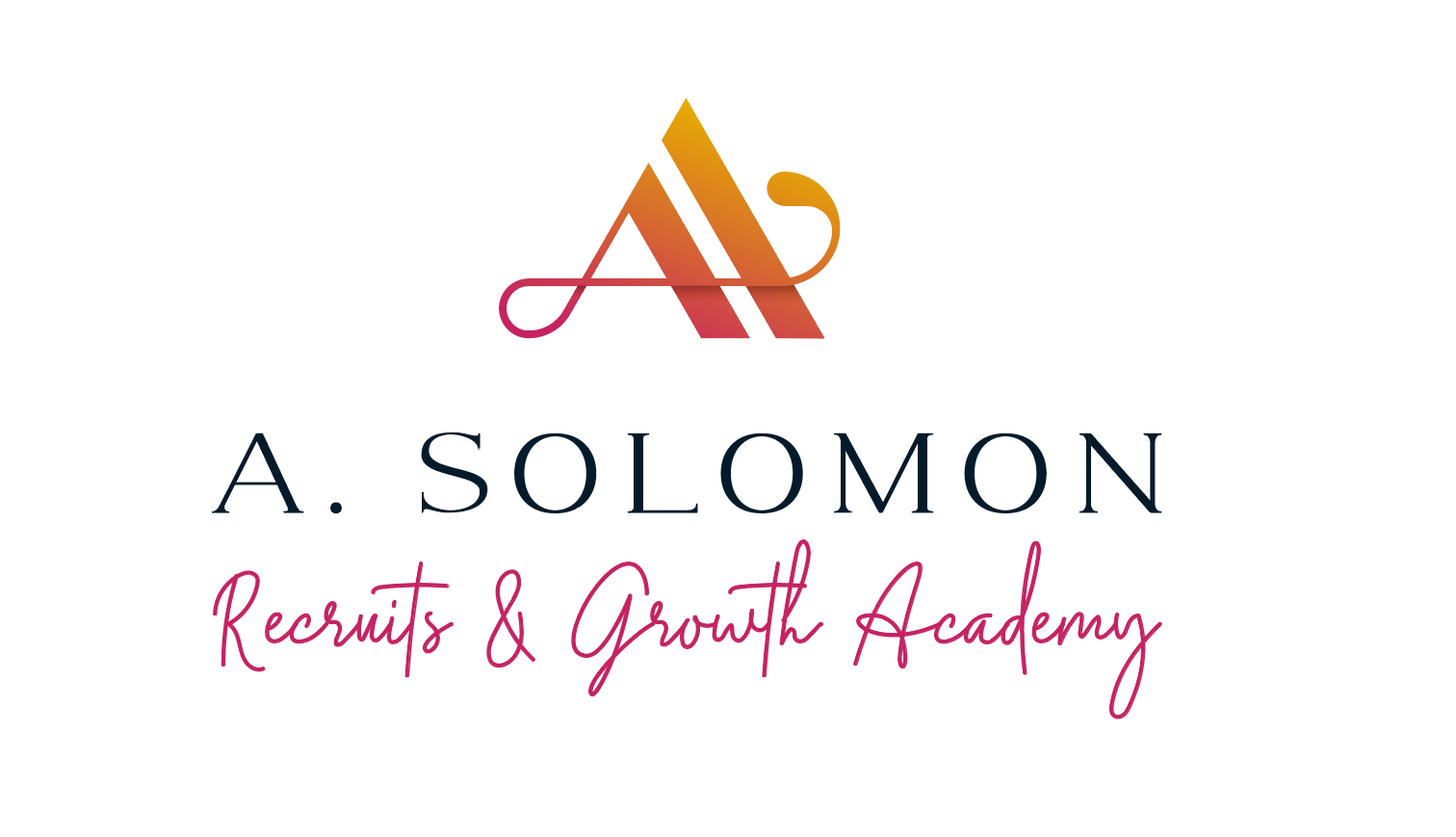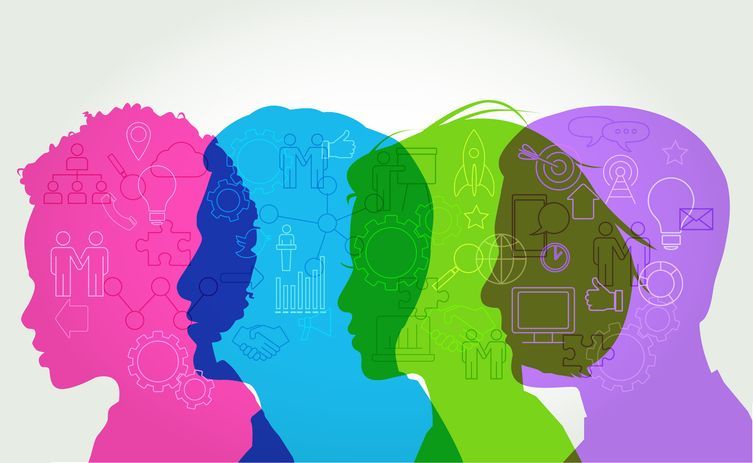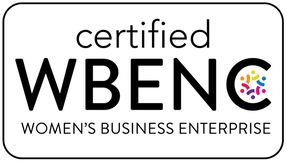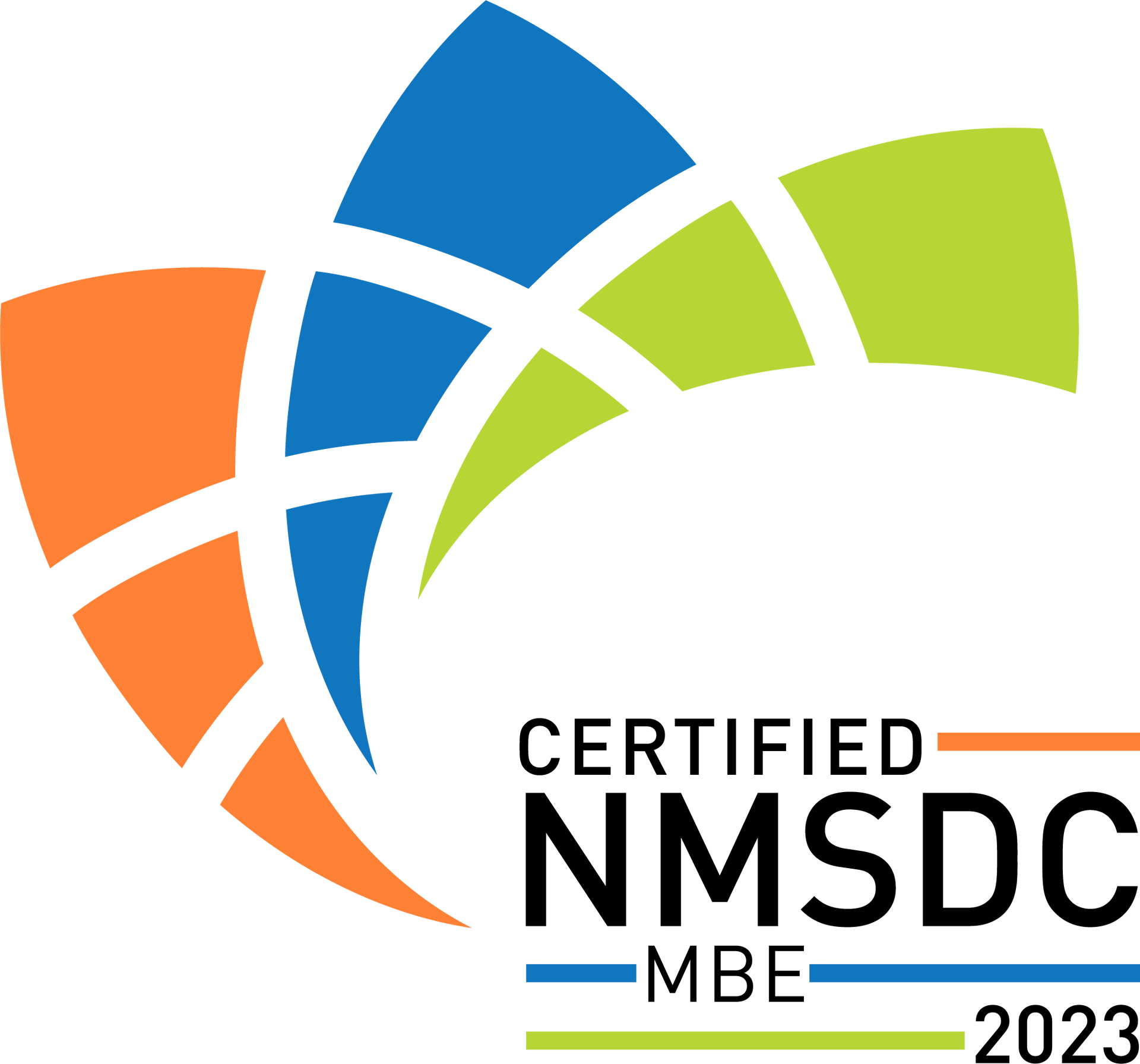Diversity Means More Than White Women
Let’s take a hard look at who exactly has been reaping the rewards of corporate diversity and inclusion campaigns. Companies are spending millions to hire chief diversity officers as well as implementing D&I programs such as unconscious bias training, days of understanding, and tolerance training, all with little to no results. This is a particularly sore subject, because companies want to believe that anything classified as ‘diverse’ is an umbrella win for all diversity. Unfortunately, that’s not the case. Taking a clear-sighted look at the corporate landscape of America, a stark truth about diversity stands out: the demographic that is reaping almost all the benefits of D&I is white women. While the number of white women in power is still low in comparison to white male counterparts, the numbers for women of color in power remains miniscule, with no signs of improvement: in 2017, for instance, Black and Hispanic women together made up a smaller percentage of total women employed in management, business, and finance operations than white or Asian women. It’s not the 1950’s anymore. This is 2019, and it’s high time we put past achievements to bed in the interest of ushering in new ones.
Company In-House Diversity Recruiting Efforts and Hiring
Although more than two-thirds of executives say diversity and inclusion initiatives are a priority, the people who oversee recruiting, interviewing and hiring of new staffers are overwhelmingly likely to be white and female, according to Namely's 2018 Workplace Diversity Report. Being a black woman recruiter, I have witnessed this first hand over the years. Even with twenty years of experience and an extensive rolodex, I am still frequently denied a seat at the table. When I ask prospective clients whether they work with diversity search firms, nine times out of ten it's a yes. But what does that diversity look like? Diversity continues to mean showcasing white women while resisting the prospect of having women of color represent the face of staffing. Without diverse candidates in hiring positions, diverse candidates continue to be overlooked in the hiring process, and the vicious cycle continues. Many in-house and agency recruiters simply do not understand the impact of race, ethnicity and gender in the process of employment. According to Forbes contributor Erik Sherman, hiring bias is still alive and well and hasn't improved much over the last twenty five years. It’s time to change that.
White women continue to reap the most bountiful fruits that is diversity
In CNN news this week, there was an article that claims history is being made because women are leading three morning shows on majors networks. While this statistic deserves applause, none of these are women of color. Here are some statistics: Women represent 47% of the entry level workforce while only 37% actually become managers and just 11% are women of color. C-Suite gets even worse with 21% of female executives and only 3% being women of color (Sheryl Sandberg's Women in the Workplace 2017 findings). Even when women of color do make it into the workforce, they continue to experience hostile workplace conditions. A recent client of mine—a black female banker—told me that her white female boss called her 'simple' and referred to her as 'you people'. The most shocking part of this story is how common it is, and the same kinds of stories will remain until we directly address who benefits the most from diversity and inclusion.
White women must too acknowledge the privilege afforded them through D& I practices thus far, and reach across the aisle to help woman of color reach the same results. True D& I initiatives must serve multiple levels of representation, including not only gender, but race and intersectionality as well. The same holds true for companies and who they chose to do business with. If you want to change the game, you have to change the rules.
We are better together!
I AM someone who sees incredible potential in places most people don't think to look. As an owner of a diversity staffing boutique, my team and I walk alongside our Clients in creating professional environments that are truly for ALL. I believe in our interconnectedness as a human race and strive every day to use my gifts to empower the workplace’s invisible and powerless. I rarely bet on certainty and always root for the underdog because, after all, those are the best stories to tell.
Hi there! Thanks for reading! Follow Angela Solomon on her social profiles! | LinkedIn: /ASolomonRecruits | Facebook: @ASolomonRecruits | Instagram: @A.SolomonRecruits | Twitter: @AS_Recruits | Pinterest: @AS_Recruits

